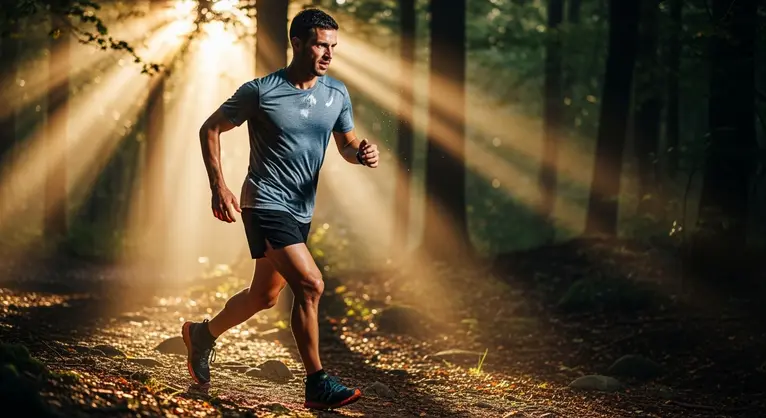Recovery & Injury: What Every Athlete Should Know
Injuries and recovery are part of every athlete’s journey, from weekend warriors to seasoned pros. Have you ever wondered how top athletes bounce back so quickly—or better yet, how they avoid injuries in the first place? The answer lies not just in hard training, but in smart strategies led by both individuals and powerful national sports organizations.
Let’s break down the science, systems, and simple steps you can use to prevent injuries and accelerate recovery, no matter where you are in your fitness journey.
The Quiet Heroes: How National Sports Organizations Shape Athlete Safety
When you see athletes performing at their best, you’re witnessing the results of more than just talent and hard work. National sports organizations—think NCAA or U.S. Soccer—are constantly researching, setting safety standards, and launching programs to protect athletes at all levels.
-
Guidelines That Evolve
These organizations study injury trends and share updated guidelines, like when to return after a concussion, or best practices for warming up before play. -
Programs That Educate
Initiatives such as “Recognize to Recover” teach athletes, coaches, and communities about spotting injuries early and responding properly. Imagine an emergency action plan in your local gym, ready to tackle mishaps in seconds.
Why does this matter to you? Because many of their recommendations filter down to school teams, local clubs, and even gym classes—making your routines safer and more effective.
Injury Prevention: More Than Just Luck
Everyone loves a good underdog story, but injury prevention is about preparation, not luck. Here’s what the best in the sports world do to stay off the sidelines:
Move with Purpose: Conditioning and Training
- Dynamic Stretching: Swap static stretches before workouts for movements like leg swings and arm circles. This primes your body for action and reduces muscle strain.
- Core Strength: A solid core is your body’s shock absorber. Planks, bridges, and Pilates all boost core stability—helping prevent falls and awkward jolts.
Suit Up: The Importance of Protective Equipment
- Gear Up: Helmets, knee pads, and braces aren’t just for pros. Don’t skip them, especially if you’re pushing your limits or playing contact sports.
Play Fair: The Role of Sportsmanship
- Respect the Game—and Each Other: Following the rules and playing fair isn’t just good etiquette. Studies show that good sportsmanship lowers injury risk by reducing reckless moves during competition.
Train Smart: Neuromuscular Training
- Improve Coordination: Drills that challenge your balance and agility—like hopping on one foot or using wobble boards—train your muscles and brain to react quickly, cutting down on injury risks.
Recovery & Rehab: More Than Rest
So, you got hurt. What next? There’s more to recovery than just waiting it out on the couch with ice!
Eat to Heal: Nutrition Tips
- Protein & Micronutrients: Foods rich in lean protein, vitamin C, and zinc help muscles and tissues repair faster. Think grilled chicken, citrus fruits, and nuts as staples in your recovery plan. For more detailed insights on the role of vitamin C, check out our post on vitamin C immunity athletes.
Use the Tools: Gadgets That Help
- Foam Rollers & Massage Guns: These are more than fads. They boost circulation, reduce soreness, and get you back on your feet quicker.
- Orthotics & Supports: Custom insoles or braces can relieve pressure and prevent future strain—especially useful if you’re recovering from ankle or knee injuries.
Stay Motivated: Mind Over Matter
- Set Micro-Goals: Break your recovery into small wins—standing without support, walking a block farther, or simply showing up to PT.
- Find Support: Teammates, family, even pro athletes on social media can be a wellspring of advice and encouragement.
For a comprehensive approach to speeding up your recovery, consider following our detailed injury recovery checklist.
From the Locker Room to Real Life: Your Role in Injury Prevention
You don’t need a medical degree or a gold medal to put these strategies to work. Here’s what you (and your fitness group) can do today:
- Review and follow the safety guidelines posted in your gym or club.
- Make injury prevention part of your warm-up routine—every time.
- Keep an emergency action plan handy, and know who to call if someone gets hurt.
- Share this post with a workout partner—you’ll look out for each other.
Final Thoughts: Staying Strong for Life
Injury prevention and smart recovery are everyone’s responsibility. With evidence-based strategies and the support of national organizations, you can train confidently—knowing you’re building not only strength, but resilience.
Whether you’re just starting or eyeing a personal best, remember: Small steps create strong habits. Every stretch, every check-in, every goal brings you closer to your healthiest self.
Got your own injury story or recovery tip? Share it in the comments and let’s lift each other up!
About the Author:
With over a decade of experience in sports training and performance, I’m here to help you stay safe, strong, and inspired—every step of the way.

